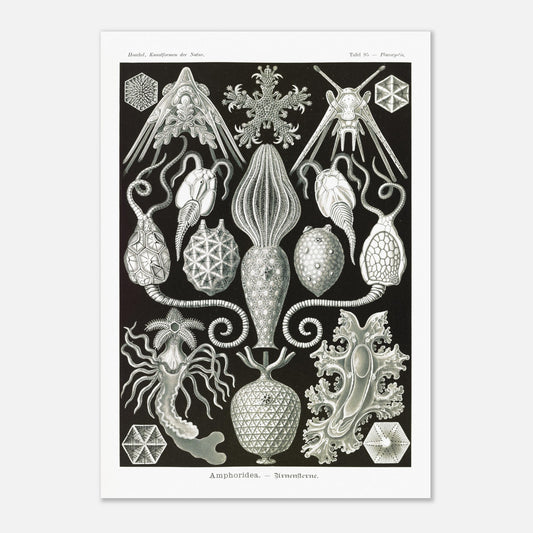Amphoridea - Scientific Observation Print - Ernst Haeckel, Kunstformen der Natur
Amphoridea - Scientific Observation Print - Ernst Haeckel, Kunstformen der Natur
Couldn't load pickup availability
Reproduction engraving of: Amphoridea
Original title Amphoridea - Urnensterne
Poster of Placocystis - Starfish of the main class Crinoids and Ophiuroids (Crinoidea), Class Amphorida (Amphoridea)
Illustration from the book Kunstformen der Natur, which is a collection of artistic lithographs of natural sciences published by the German biologist Ernst Haeckel between 1899 and 1904.
This naturalistic illustration is part of an overall style inspired by Ernst Haeckel, which greatly influenced the emerging Art Nouveau movement at the beginning of the 20th century. This work, illustrating the impressive beauty and great diversity of the biological world, was complemented by a certain amount of scientific information, some excerpts of which are reproduced below.
This information is over 120 years old and some of it may be outdated!
Scientific classification:
Phylum Echinoderms (Echinoderma) Main class of Monorchonia Class Amphoridea (Amphoridea)
Scientific notice (extract) accompanying the poster print of Amphoridea - Amphoridea :
Living echinoderms generally show a characteristic five-rayed body structure, which immediately distinguishes them from all other animals. An important exception to this rule, however, is represented by the oldest class of echinoderms, which we call the Urnentiere (Amphoridea), which we distinguish from the Oystoidea with which they were formerly associated. They are found only in fossilized form in the oldest strata of the Paleozoic formations, in the Cambrian, Silurian, and Devonian system; they are already extinct in the Mesozoic era. All Amphoridae lack the characteristic anthodium of other echinoderms, i.e., the five-rayed ambulacral structure formed by the five ambulacra surrounding the mouth, or the "sensory fields." The oldest Urnentiere, the Amphoralians (Figs. 1—2), show no indication of the five-rayed structure, but resemble in their bilateral body form or bilateral symmetry the higher animals. In the later Amphoronians (Figs. 5, 6), the pentaradial structure begins to appear with 5 to 15 arms arranged in a crown around the mouth. Some of these bear a close resemblance to Stephanoceros, a delicate form of rotifer, illustrated in Plate 32, Fig. 5. We must also phylogenetically derive the Amphoridae from similar bilateral forms. It is clear that this adaptation to more sedentary lifestyles led to the evolution of the radial structure from the originally bilateral animals. Our hypothesis that the pentaradial echinoderms are derived from bilateral forms finds its strongest support in the developmental history of living echinoderms. Indeed, the immature larvae or juvenile forms of these, which we generally call astrolarvae (or echinopedia), still show a very simple body structure similar to the rotifers, with a well-marked bilateral basic form; for example, the auricular larvae of Thecoids (Fig. 12; Plate 50, Figs. 3, 4), the pluteus larvae of Echinoids (Fig. 10), the pluteus larvae of Ophiurids (Fig. 9; Plate 10, Fig. 8), the bipinnate larvae of Asterids (Fig. 11; Plate 40, Figs. 3—6). During their metamorphosis, these bilateral astrolarvae transform into adult echinoderms with a pentaradial structure, like the Astrozoon.
Species present on the Amphoridea - Placocystis naturalist board :
- Placocystis crustacea
- Pleurocystis filitexta
- Orocystis helmhackeri
- Deutocystis modesta
- Citrocystis citrus
- Echinosphaera citrus
- Acanthocystis briareus
- Aristocystis bohemica
- Ophiothrix fragilis
- Ophiura filiformis
- Echinocidaris aequituberculata
- Luidia Sarsi
- Auricularia nudibranchiata
About this print
About this print
The layout and composition of this reproduction have been the subject of our greatest attention.
- Respect for the format of the original work: in order to faithfully transcribe the artist's intention, the work is not cropped/re-cut except in extreme cases (obvious imperfection, geometry problem, etc.) in which case the cropping will be as light as possible.
- The presence of white margins is sometimes necessary in order to present the work in a balanced manner.
- Each size offered has been specifically composed, therefore, the size of the white margins may vary from one print size to another. Remember to check this detail carefully!
- Print only, frame not included!
Features
Features
- Premium 200gsm matte white paper, durable and strong.
- Natural, smooth uncoated finish, silky to the touch
- FSC certified paper or equivalent certifications depending on regional availability.
- Each print is shipped in sturdy packaging, ensuring safe transport.
- Each print is printed and shipped on demand. No minimum order quantity is required.
Share !
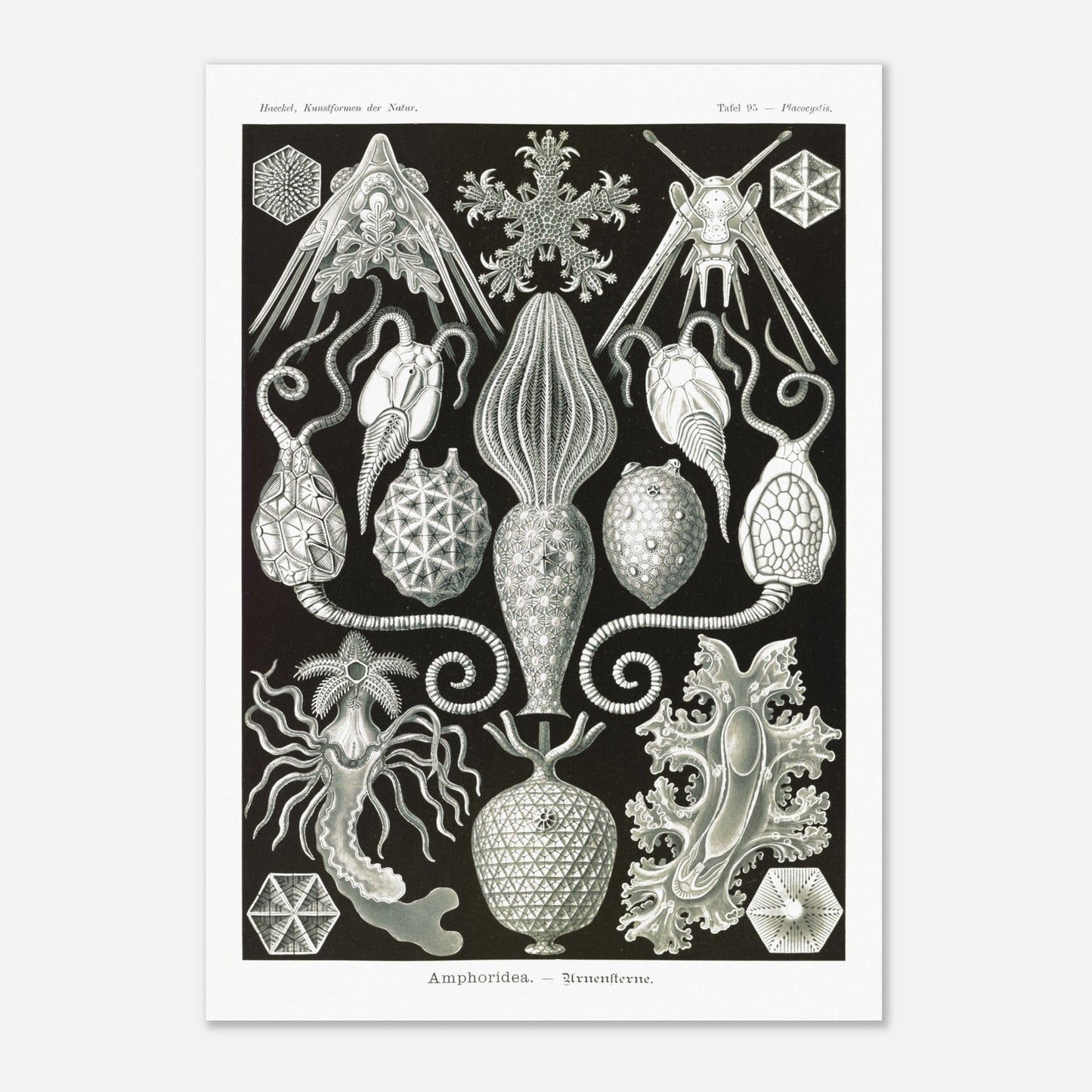
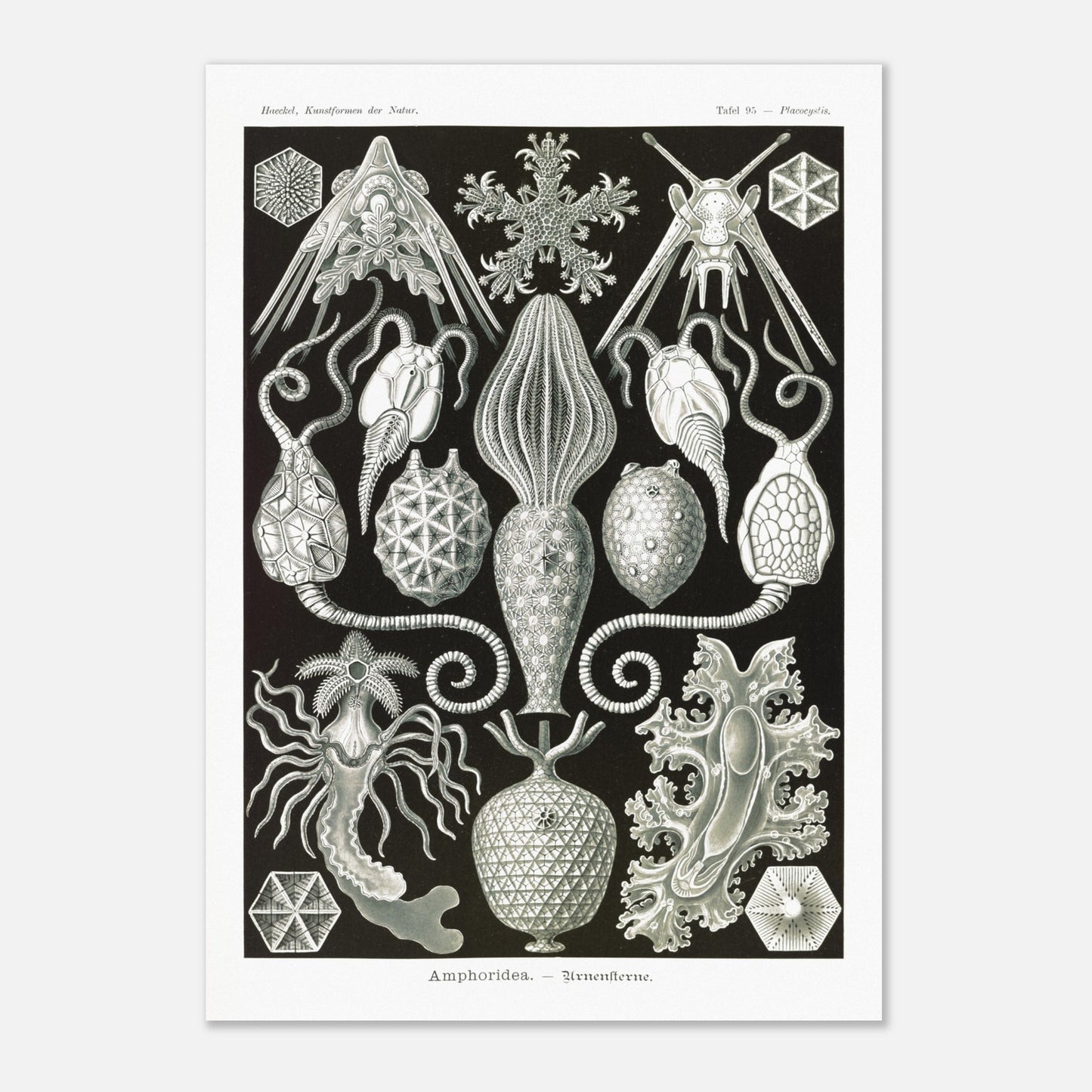
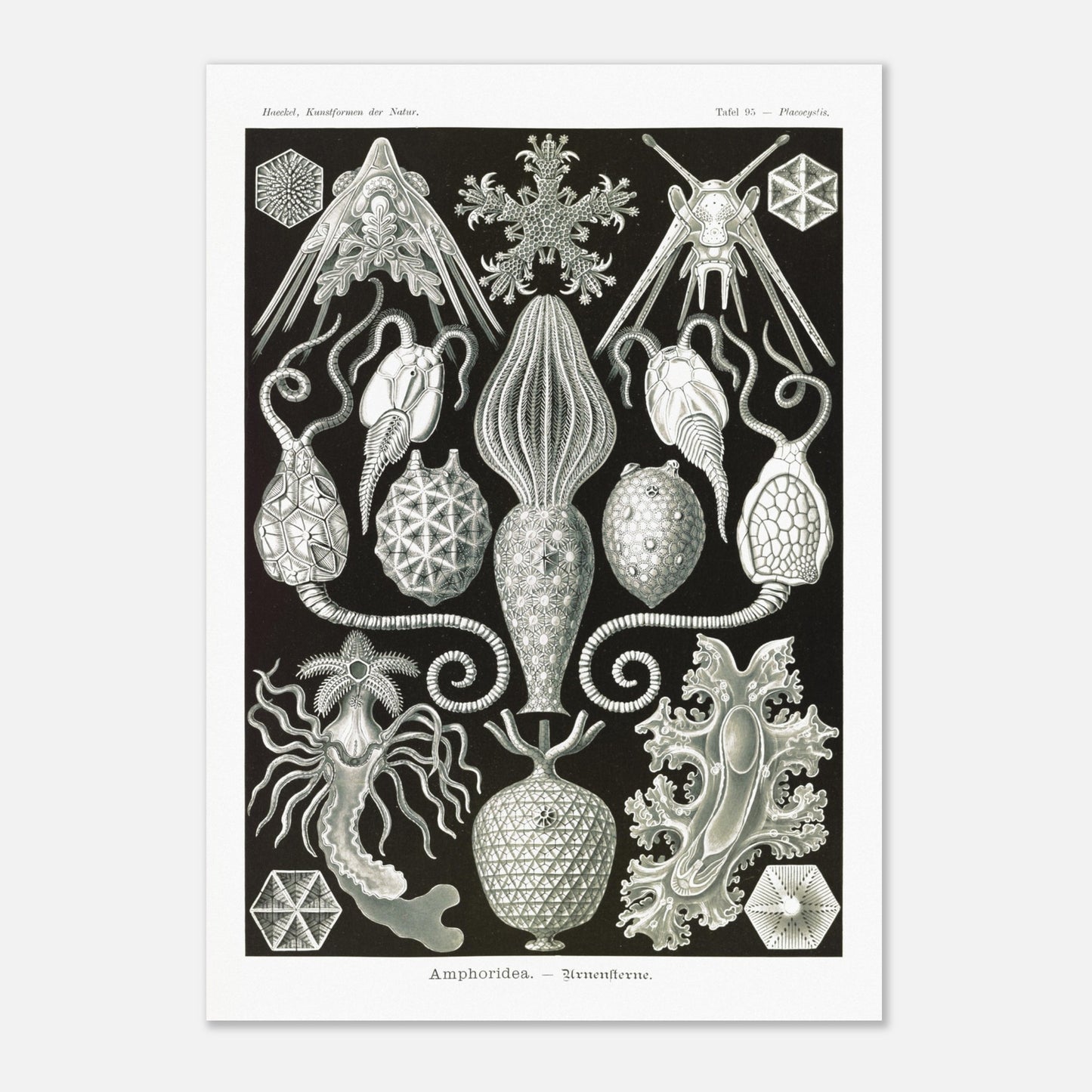
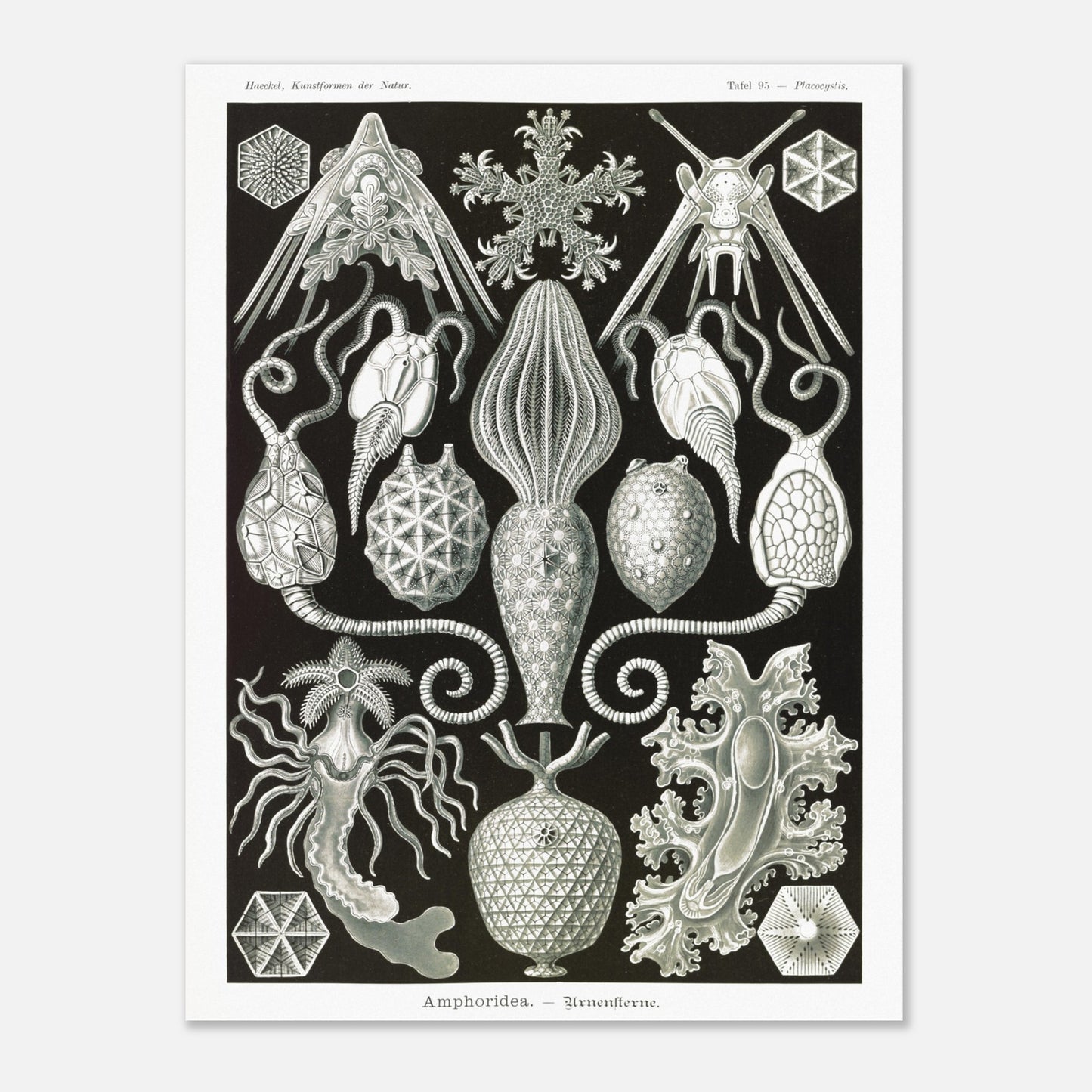
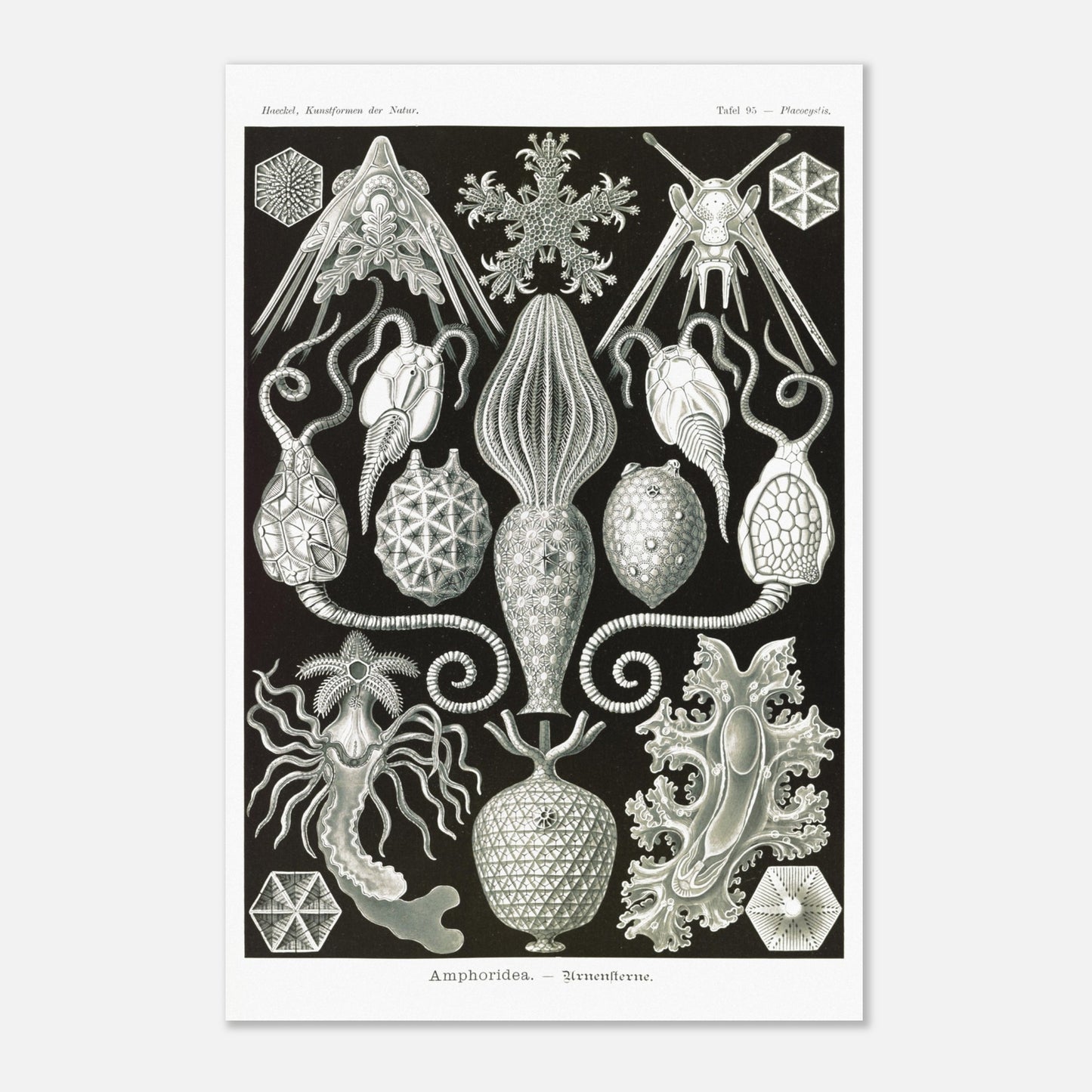
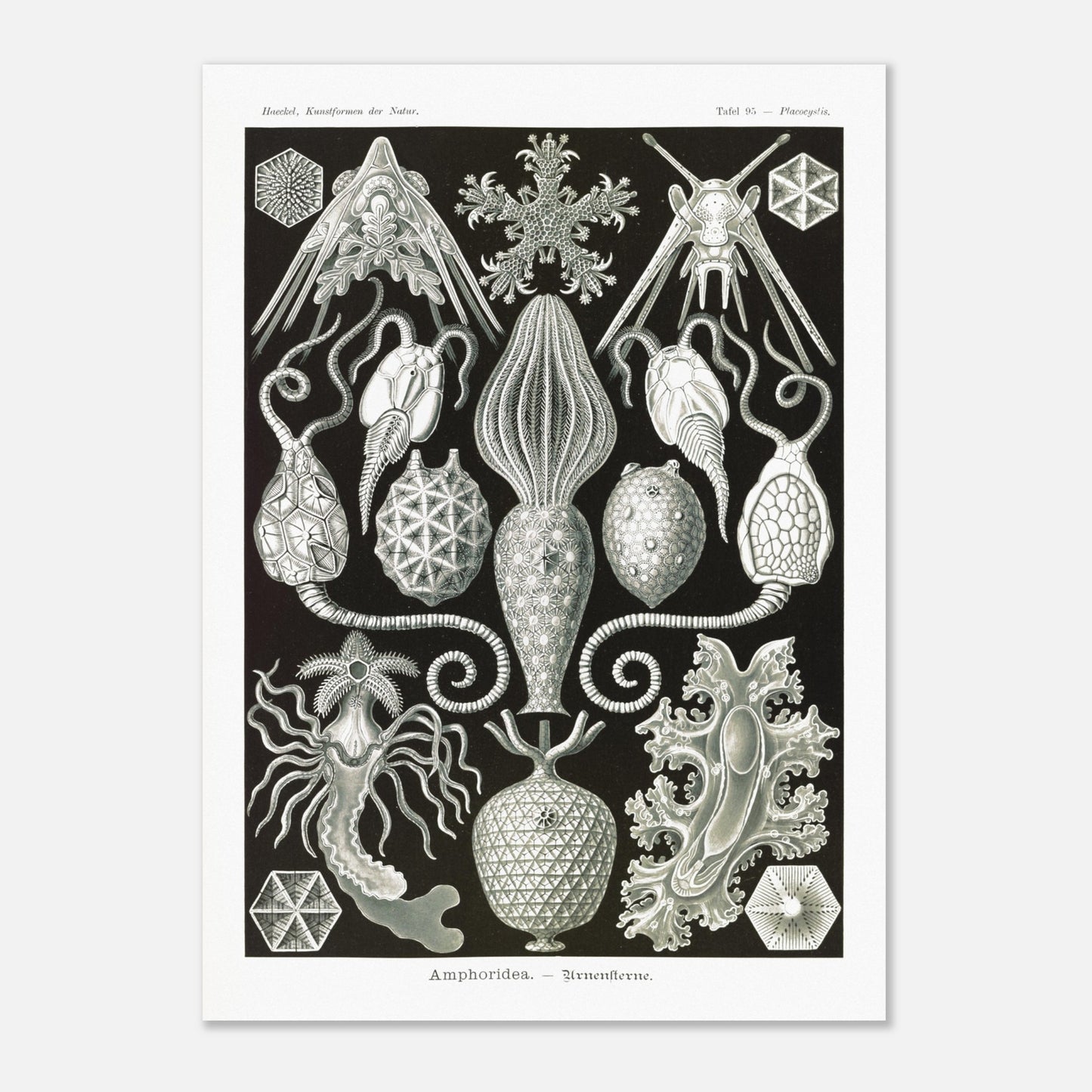
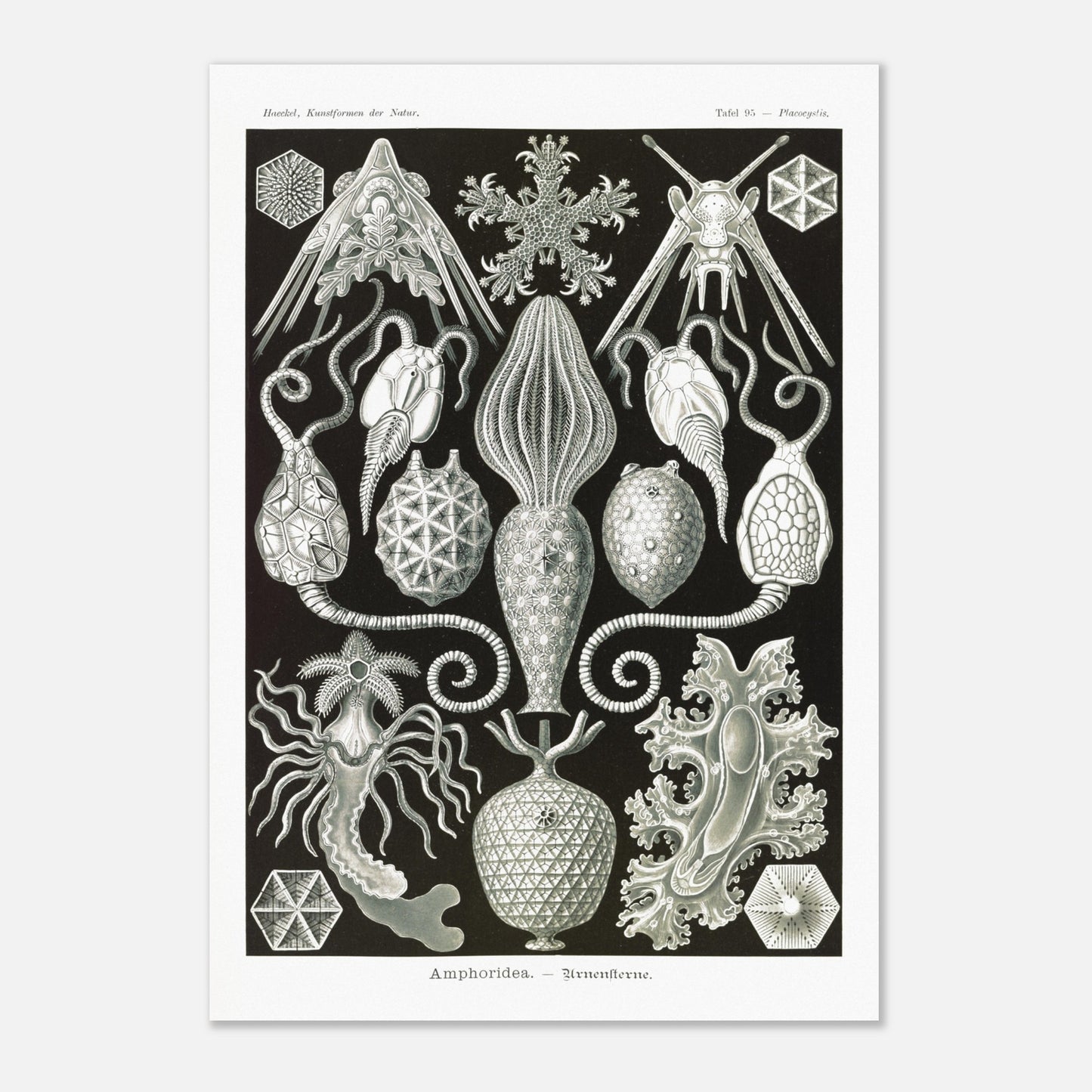
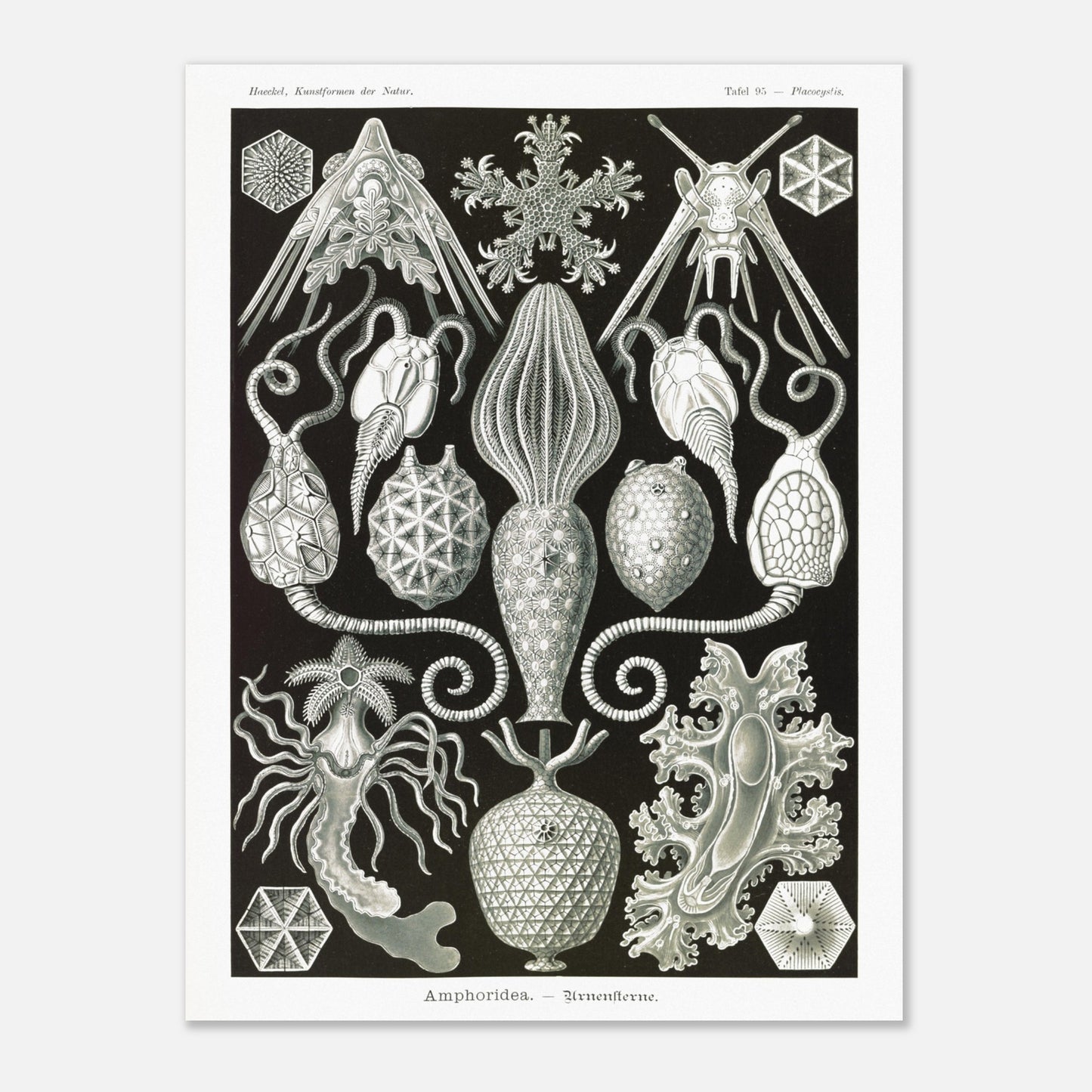
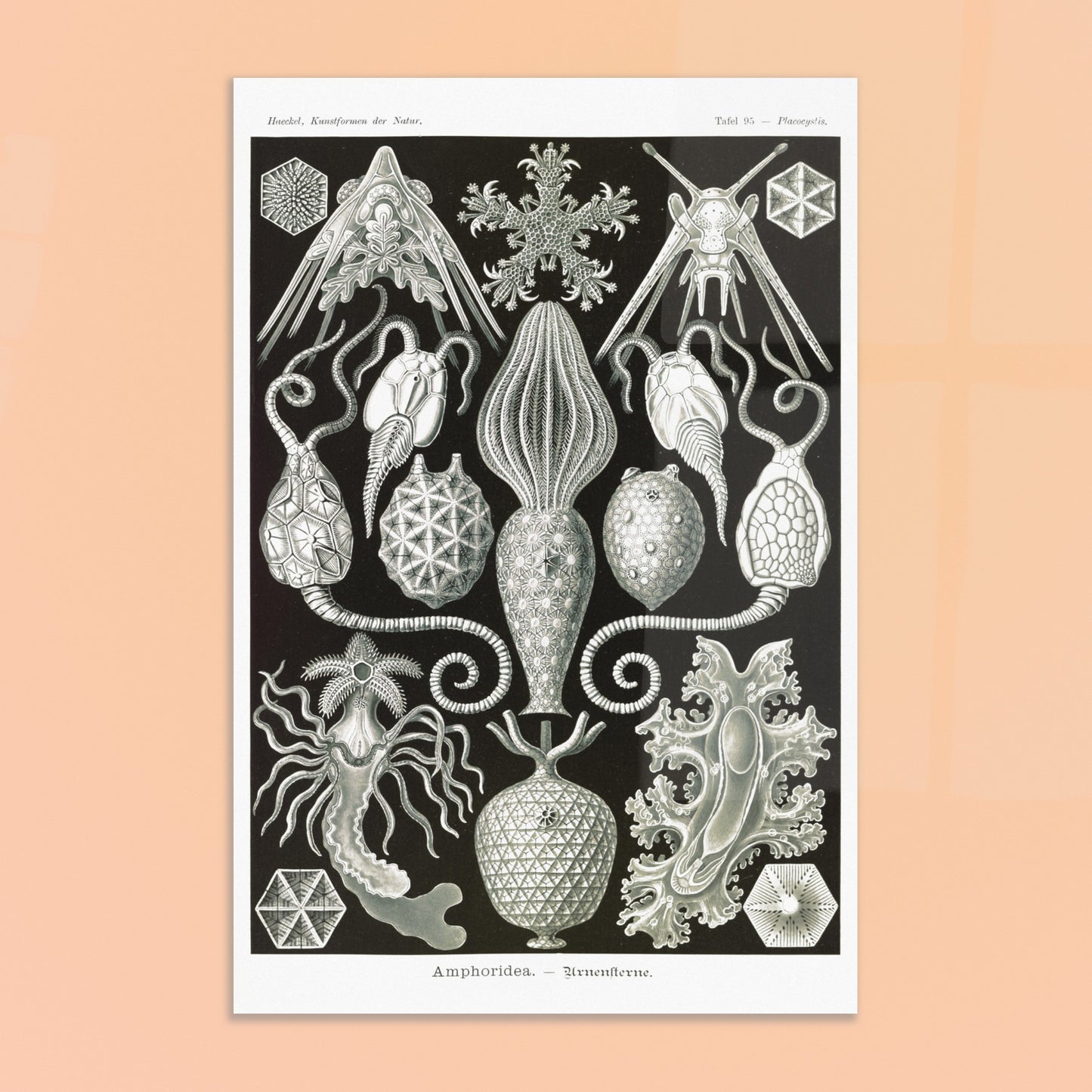
Recently viewed products
We are listening to you
If you are looking for a specific composition, a particular layout, or any other customization need, our team is at your disposal and will do everything possible to meet your requests.
So don't hesitate to...




